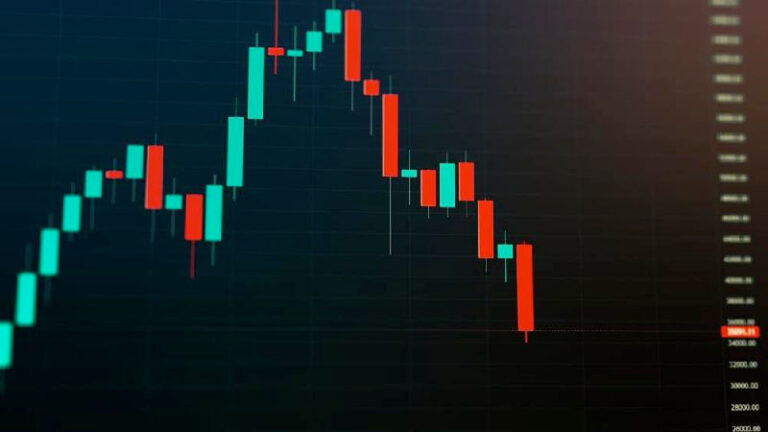The United States stock market suffered massive losses on Friday, erasing more than $1 trillion in value in a single day as weak labor data and policy uncertainty rattled investors.
To put these losses into perspective, all three major indexes closed lower, with the Dow Jones Industrial Average plunging 542 points, or 1.23%, to close at 43,588, its worst one-day drop since June 13.
The benchmark S&P 500 sank 1.60% to end at 6,238, while the Nasdaq Composite tumbled 2.24% to finish at 20,650, marking its steepest daily loss since April 21. Notably, the S&P 500 recorded its worst weekly performance since May 23, falling 2.4%, erasing recent momentum of multiple highs.
Big Tech and consumer names were at the epicenter of the sell-off. Amazon plunged 8.27%, marking one of its worst performances of the year. Apple slid 2.50%, Microsoft lost 1.76%, and Meta dropped 3.03%. Google parent Alphabet also declined, falling 1.51%.
Chipmakers were also under pressure, with Nvidia down 2.33%, AMD tumbling 2.62%, and Intel shedding 2.48%. Qualcomm, however, managed to eke out a modest gain.
Financial stocks took a beating as well, with banking giant JPMorgan down 2.32%, Bank of America falling 3.41%, and Wells Fargo sliding 3.54%.
Interestingly, there were few safe havens in Friday’s rout, but a handful of healthcare and consumer defensive stocks managed to stay afloat. Eli Lilly climbed 3.01% amid continued investor enthusiasm around its obesity drug pipeline. Johnson & Johnson rose 1.57%, while Amgen and AbbVie posted gains of 0.60% and 3.28%, respectively.
Job market rattles investors
The market turmoil began after the July jobs report showed a disappointing gain of just 73,000 nonfarm payrolls, well below the 100,000 economists had expected.
Even more concerning were sharp downward revisions to prior months, where June’s increase was cut to just 14,000 from 147,000, and May’s figure was slashed from 125,000 to 19,000.
The revisions suggested the labor market has been weakening for some time, shaking confidence in the economy’s resilience.
In response, traders sharply increased their bets that the Federal Reserve will cut interest rates in September. In this case, insights from betting markets at Polymarket indicate that the traders expect the Fed to cut rates by 25 basis points in September with a probability of 70%.
Indeed, the possibility of a cut comes after weeks of President Donald Trump accusing Fed Chair Jerome Powell of being ‘too late’ to lower rates.
Featured image via Shutterstock






